- PI sanitary pressure transmitter
- Setup and support
- Installation guidelines
Optimal installation of PI sanitary transmitters
For best performance of the PI family of sanitary pressure transmitters, please adhere to the following guidelines.
Sanitary installations with 3A authorization
O-ring seal
The PI family uses a flexible process connection system known as Aseptoflex Vario. One part of this system is an o-ring seal between the sensor and the process medium. We offer o-rings in FKM and EPDM elastomers as well as a PEEK sealing ring. This PEEK ring provides longer stability compared to traditional elastomers that become hard and brittle over time.
| Article | Material | Description / application | Supplied with: |
|---|---|---|---|
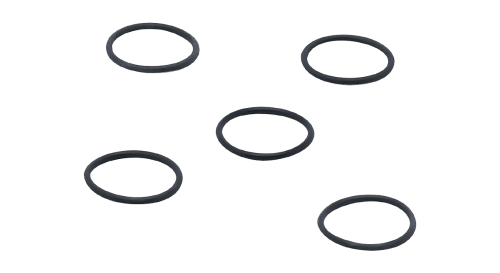 E30054 |
EPDM FDA compliant |
EPDM is the most common gasket material used in F&B applications and has a very good suitability with hot water / steam and both acidic / alkaline CIP fluids. This O-ring seals between the face of the process connection and the adapter. | Aseptoflex Vario adapter |
 E30123 |
FKM FDA compliant |
FKM is very suitable for oil applications as there is minimum swelling even with mineral oils, and it is the most common material for industrial applications with excellent chemical and high temperature resistance. | Optional accessory purchased seperately |
 E30124 |
PEEK FDA compliant |
PEEK is a more durable seal if devices are removed during cleaning process, has universal resistance to chemicals, and is more stable than elastomers that become hard and brittle over time. | Optional accessory purchased separately |
Leakage port
The second part of the sealing system required for 3A authorization is a leakage port, or weep hole. When an o-ring is in place (see image), the process medium will remain in the tank or pipe. If that o-ring is compromised, i.e., missing or damaged, the process medium will leak at the weep hole. This is an indication that the o-ring must be replaced.
Replace with one of the article numbers in the table above.
Installing adapters
ifm’s sensor plus adapter concept for the PI1 series pressure sensors allows production of standard sensors to be complimented with the adapter of your choice to simplify sensor selection, streamline production, and increase flexibility of your system. Since we are a direct selling, build to stock organization, this allows us to maximize production efficiency, which sensors affordable and available for delivery from local stock.
Here is the simple three (3) step process to install adapters on ifm sanitary pressure sensors:
- Grease thread of sensor with suitable lubrication paste and install o-ring on bottom of sensor. An EPDM O-ring (E30054) is supplied with the adapter.
- Thread adapter onto the sensor until hand tight.
- Tighten adapter to required torque spec (max 35 Nm) using wrench flats on the sensor and vice (D) or wrench for adapter.
Weld fittings
- Use weld mandrel to prevent warpage during welding
- Use arrow to indicate display orientation
- When cleaning up welds, make sure not to damage sealing edge of adapter. This will cause leaks.

Align the mark on the fitting (1) with the final orientation of the sensor display
Weld mandrel (Part number E30452)
Use of the weld mandrel is recommended when installing any of ifm’s weld adapters on tanks or pipes to act as a heat sink and prevent warpage of the weld adapter that could cause leaking or compromise the fit and function of the adapter.
The ifm weld mandrel is a simple solution to prevent this from occurring. Never use the sensor as a heat sink when welding the adapter as this can cause permanent damage to the sensor electronics. Follow these steps to install the weld mandrel E30452:
- Screw the welding aide (2) by hand into the welding adapter
- Position the counterplate (4) on the underneath the weld adapter on the other side of welding surface.
- Insert the fastening screw (1) from the top through the welding aide (2) to secure the counterplate in place with the nut (5).
- Execute the welding operation (see instructions for specific weld adapter selected)
- After welding allow the weld mandrel to cool before removing it.
Weld seam cleanup and sealing edge protection (Part number E30160)
NOTE: **It is extremely important to protect the sealing edge (1) of the weld adapter**
Use optional ifm accessory E30160 to prevent damage to sealing edge (B) of the adapter during weld seam (A) cleanup. Protecting the sealing edge of the This accessory works with the welding aide included with ifm part number E30452.
Follow these steps to prevent damage to the sealing edge of the adapter:
- Use weld mandrel E30452 to prevent warping adapter (2) during welding
- Install grinding protection disk (4) and spacer (3) onto M12 screw (5)
- Thread into E30452 welding aide (1)
- Perform grinding and polishing on weld seam
- Remove and dispose of E30160 components*
*The E30160 is intended to be a one-time use accessory as it will help to protect the sealing edge from damage, but it will also be worn during the process.
Ensure atmospheric vent is in vertical position or max 30 deg when sensor is installed horizontally. This will prevent build-up and allow washdown media to flow through the vent area.
For Installation in areas with high humidity, or where media coats sensor:
- The sensor’s atmospheric vent must be able to breathe freely for the sensor to measure accurately.
- Vent tubes can be installed to relocate the atmospheric vent to a safe area or position the vent in the appropriate position when sensor cannot be rotated.
- This is primarily a concern with lower pressure measurements in tank level applications since the vent provides the atmospheric reference for the relative pressure measurement.
Optional vent accessories for additional protection
In most cases, following the guidelines for vent orientation is adequate to guard against ingress through the vent. However, for applications with particularly difficult environmental conditions or installations where the ideal alignment is not possible, the following optional accessories can be used to protect the atmospheric vent.
| 1 | E30483 | Replacement filter cover and ventilation membrane | 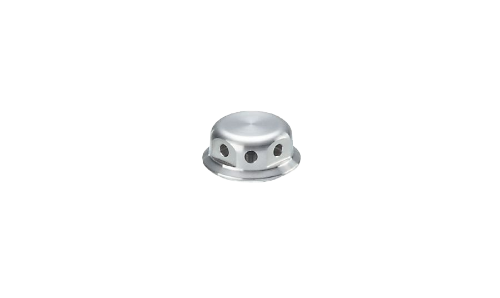 |
|---|---|---|---|
| 2 | E30148 | Closed vent cap: Only recommended for applications ≥ 25 bar or application temperature is constant. | 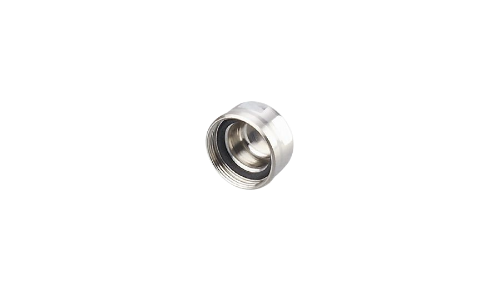 |
| 3 | E30139 | Filter cover with tube fitting and vent tube that can be located in a protected and dry area*. | 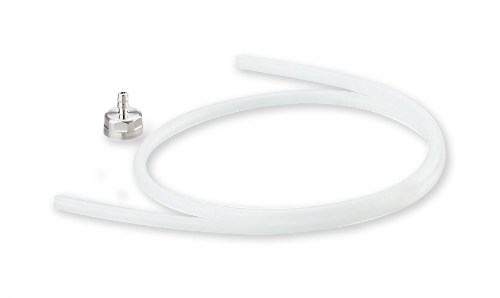 |
| 4 | E30467 | Filter cover with rotatable push to connect fitting, additional plug-in filter cover, and vent tube. Recommended for applications where the end of the vent tube cannot be protected or where chemically demanding external cleaning is conducted. | 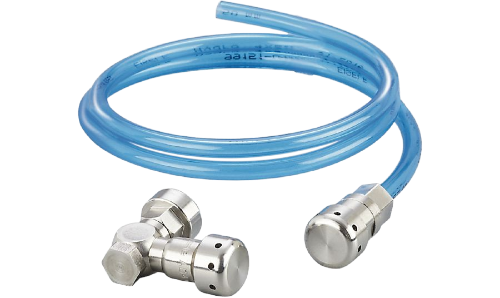 |
Examples of protected dry area:
- Somewhere off the side of the tank and in an area where product or debris is less likely to enter the end of the vent tube
- Vented control cabinet or small junction box
Areas to avoid:
- Close to the ground where washdown spray or splashing can enter the end of the tube
- Close to the wall of the tank where media can cover and/or enter the tube
- Having the end of the tube pointing up where media or debris can enter and clog the vent tube


